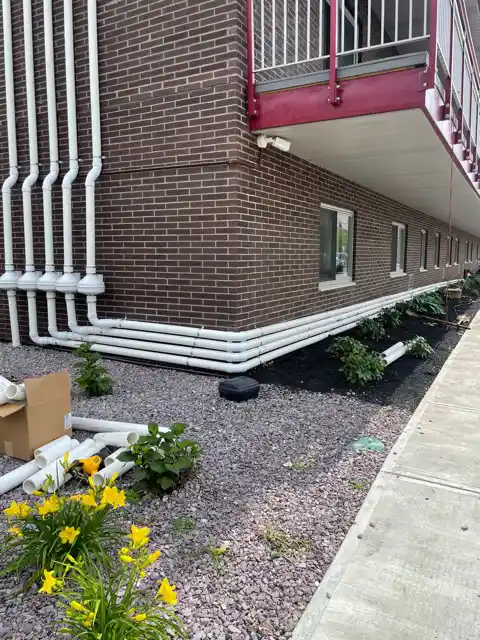Radon Eradication Service Expert Discusses HRV and Active Soil Depressurization

When it comes to protecting your home from radon—the second leading cause of lung cancer in the U.S.—there’s no room for compromise. At Radon Systems LLC, we specialize in designing custom mitigation systems that deliver long-term, reliable results. While Active Soil Depressurization (ASD) is the gold standard for radon reduction, combining it with a Heat Recovery Ventilation (HRV) system can enhance overall indoor air quality and provide additional radon control in more complex situations.
ASD works by creating a vacuum beneath your home’s foundation. This vacuum draws radon gas from the soil and vents it safely above the roofline, before it has a chance to enter your living space. It’s highly effective and remains the most commonly used—and most successful—approach to radon mitigation.
An HRV system, on the other hand, focuses on improving your home’s indoor air by continuously exchanging stale indoor air with fresh outdoor air. As it does so, it captures heat from the outgoing air and transfers it to the incoming air, allowing for better energy efficiency without sacrificing ventilation. HRVs are especially useful in today’s tightly sealed, energy-efficient homes where natural airflow is limited.
Using both systems together creates a powerful defense against radon. In homes with higher radon levels, complex layouts, finished basements, or crawlspaces, ASD alone may not reduce levels as much as desired. This is where an HRV becomes an effective secondary system—it helps dilute and exhaust any radon that does enter the home. At the same time, it improves overall air circulation and quality, helping to remove other indoor pollutants such as volatile organic compounds (VOCs), moisture, carbon dioxide, and allergens.
The balanced airflow created by an HRV also helps control indoor humidity levels and prevents issues like condensation or mold, which are often associated with poor ventilation. And thanks to its energy recovery feature, the system works efficiently year-round without significant energy loss.
Not every home requires an HRV to control radon, but it can be especially beneficial in homes with very high radon levels, limited natural ventilation, finished lower levels, or homes built with airtight construction methods. In these cases, pairing an HRV system with ASD offers both immediate and long-term benefits for health, safety, and comfort.
At Radon Systems LLC, we evaluate every home individually and recommend the best approach based on your specific conditions. Whether you need ASD alone or a combined system with HRV support, our team will design a solution that ensures your home remains safe and radon-free.
If you're dealing with high radon levels or you're concerned about indoor air quality, contact us today for a professional assessment. Let us help you create a healthier, safer environment for you and your family.






